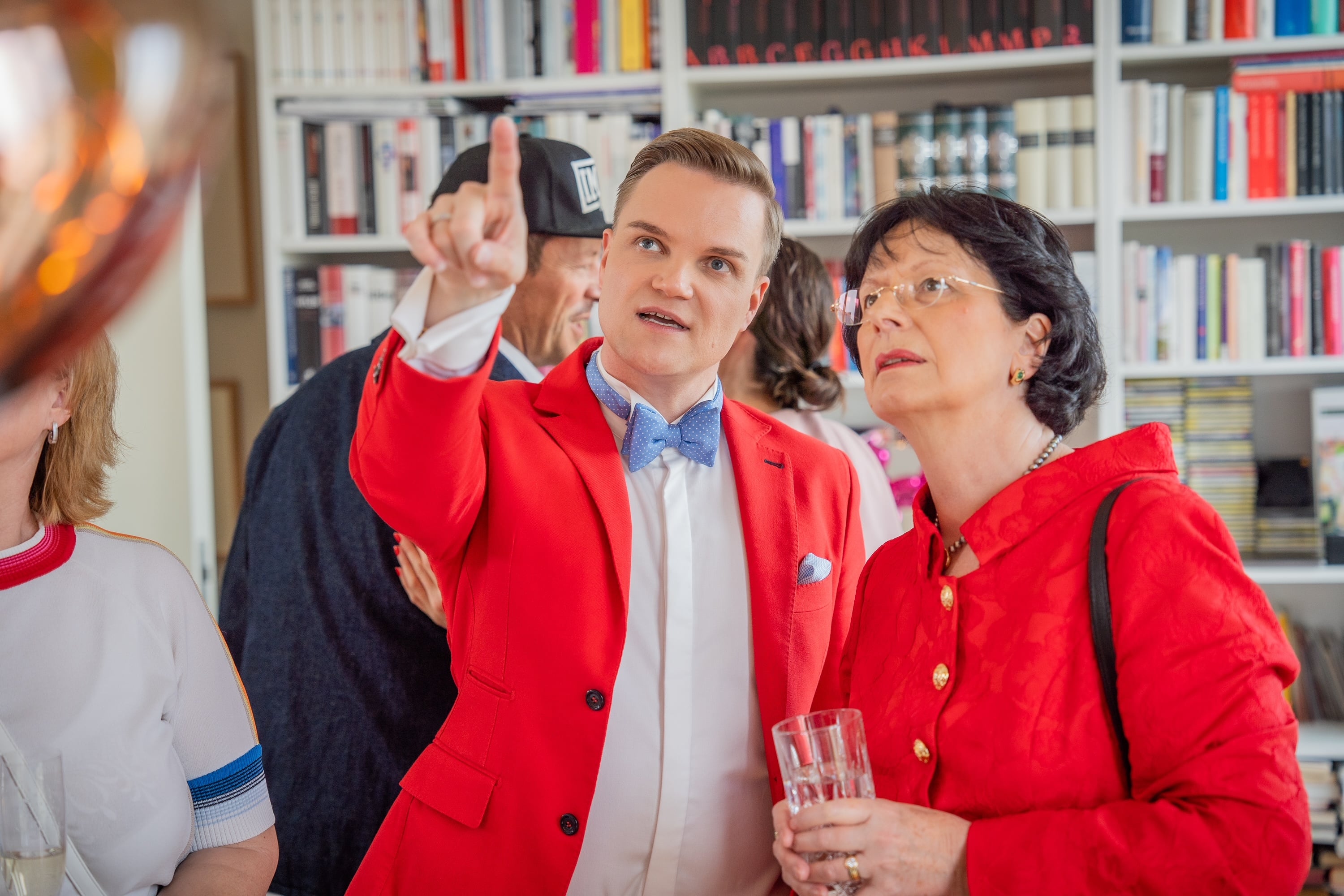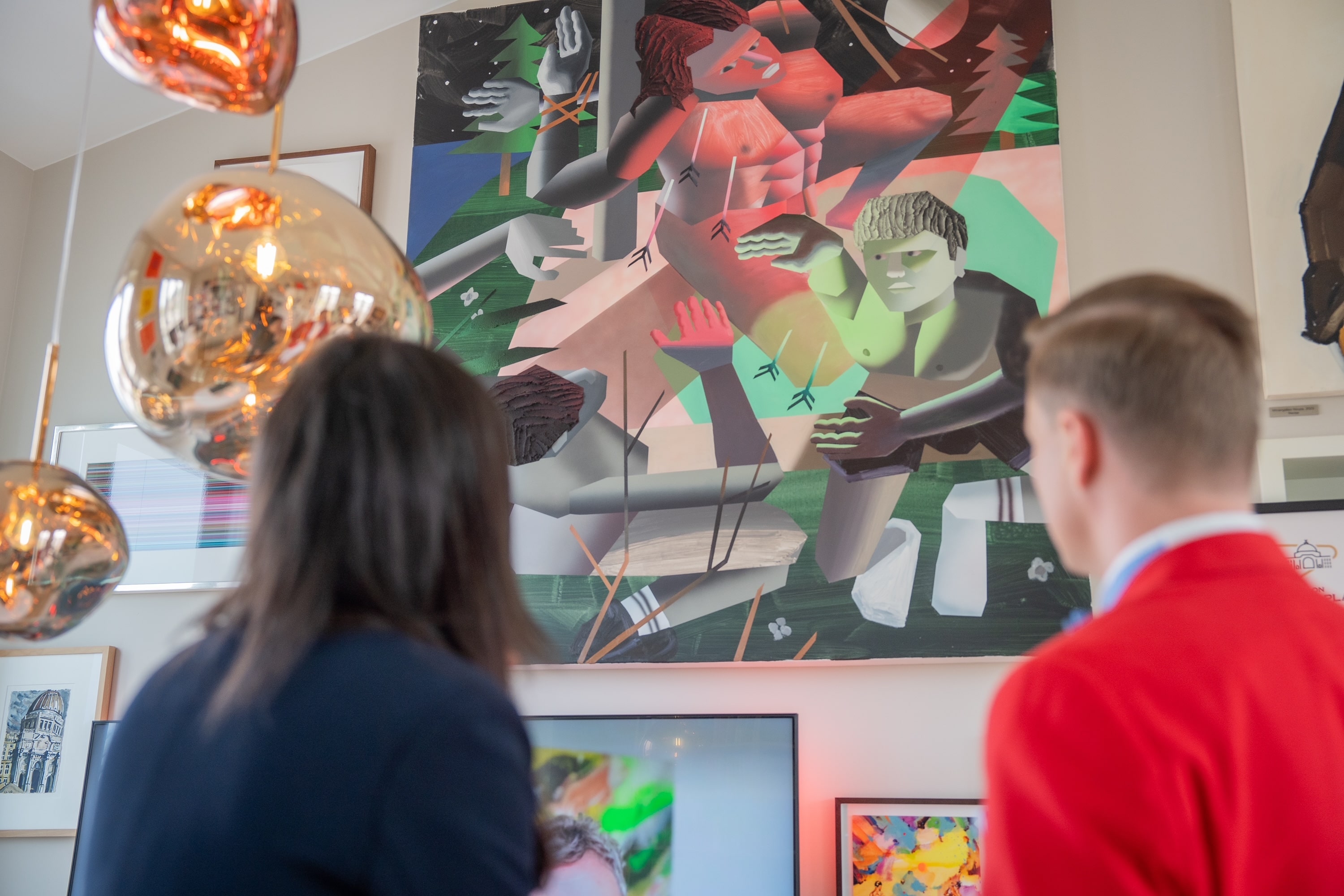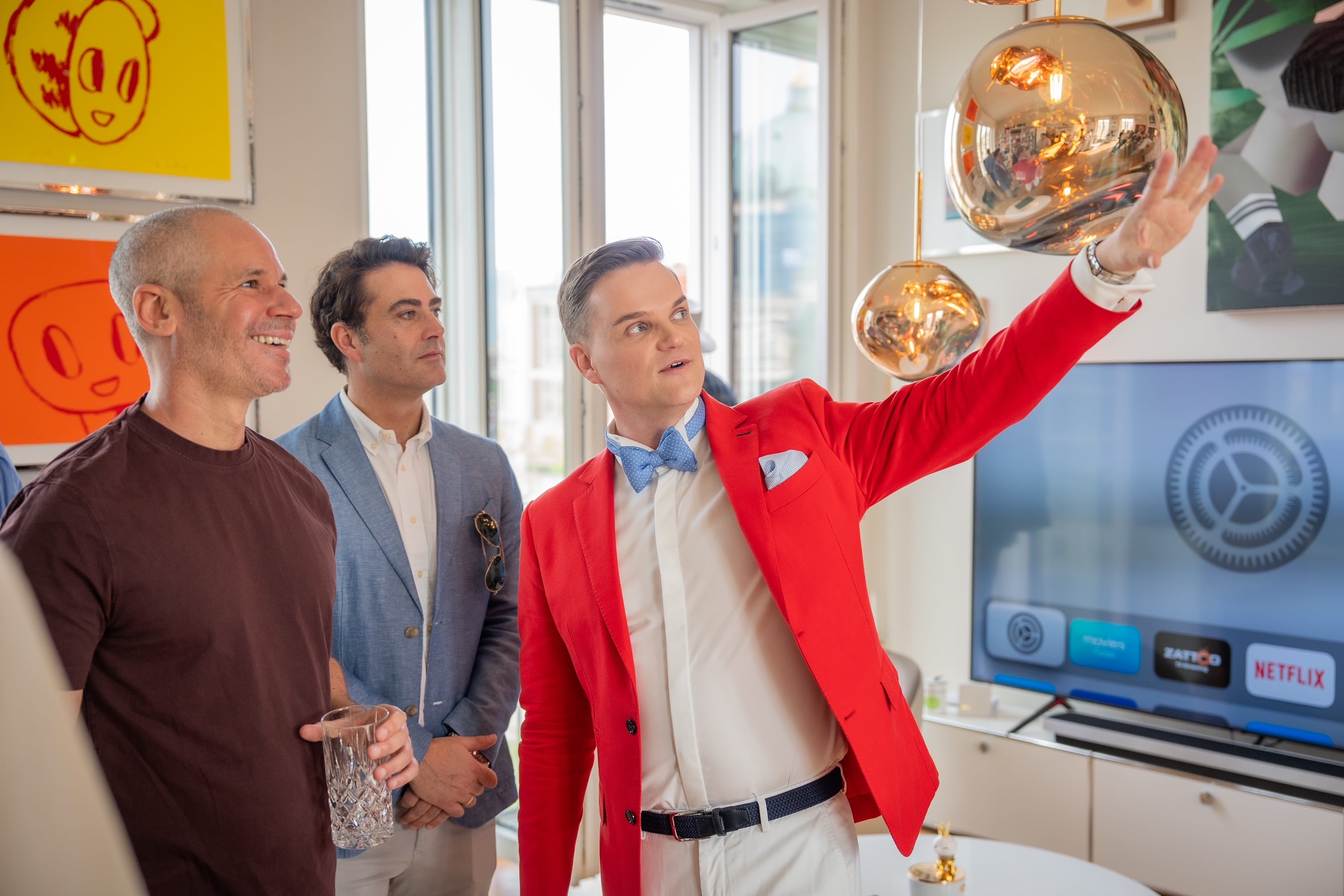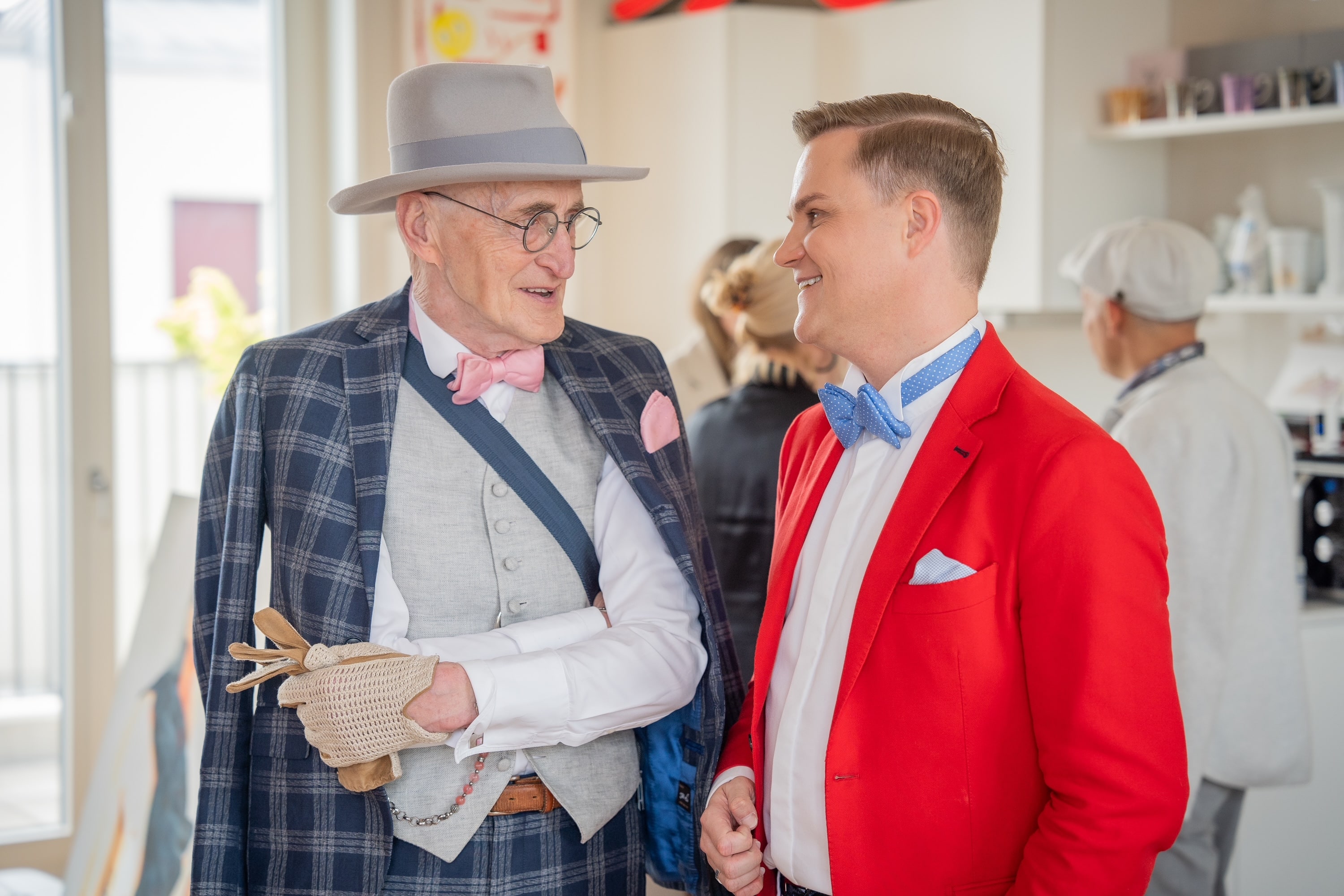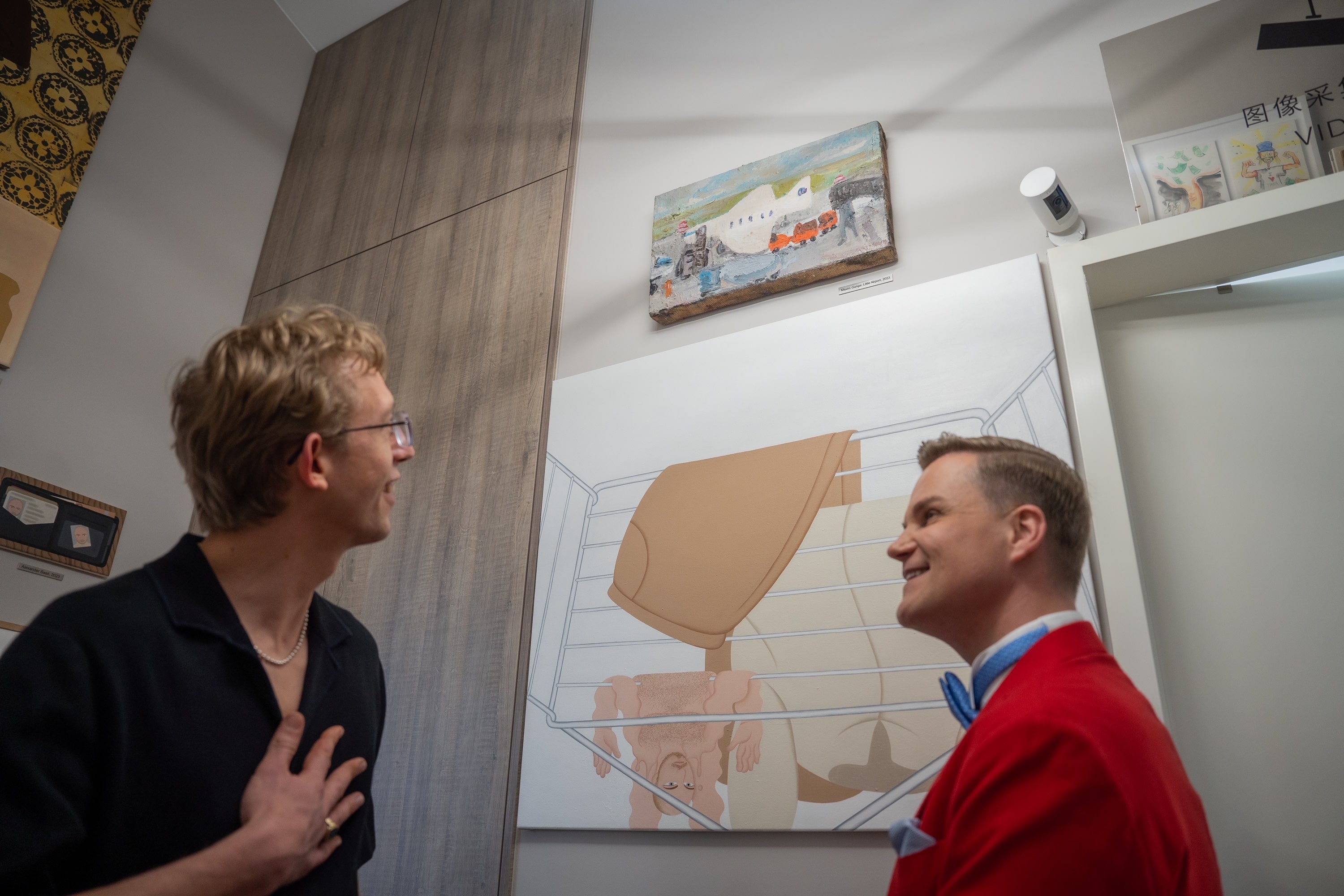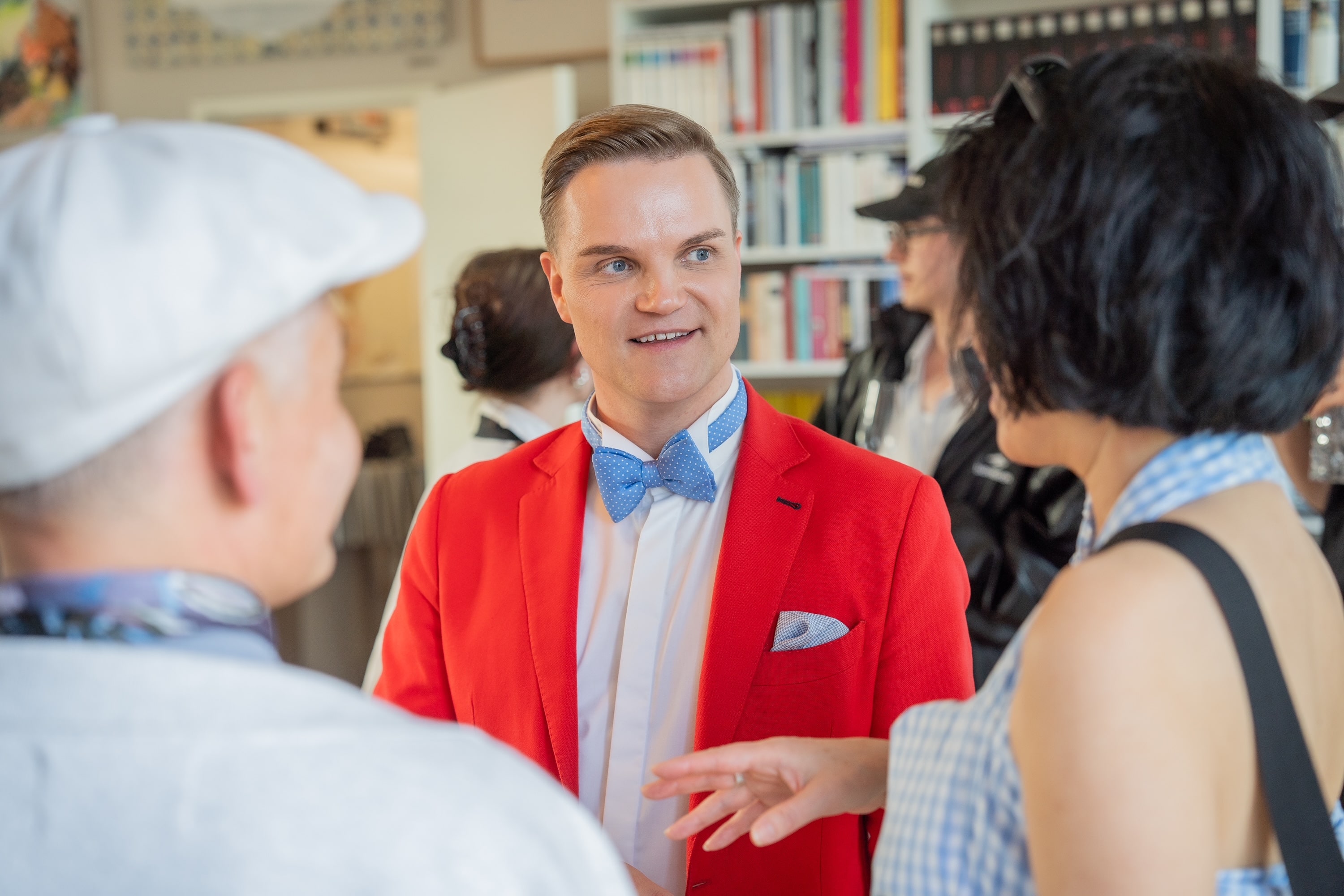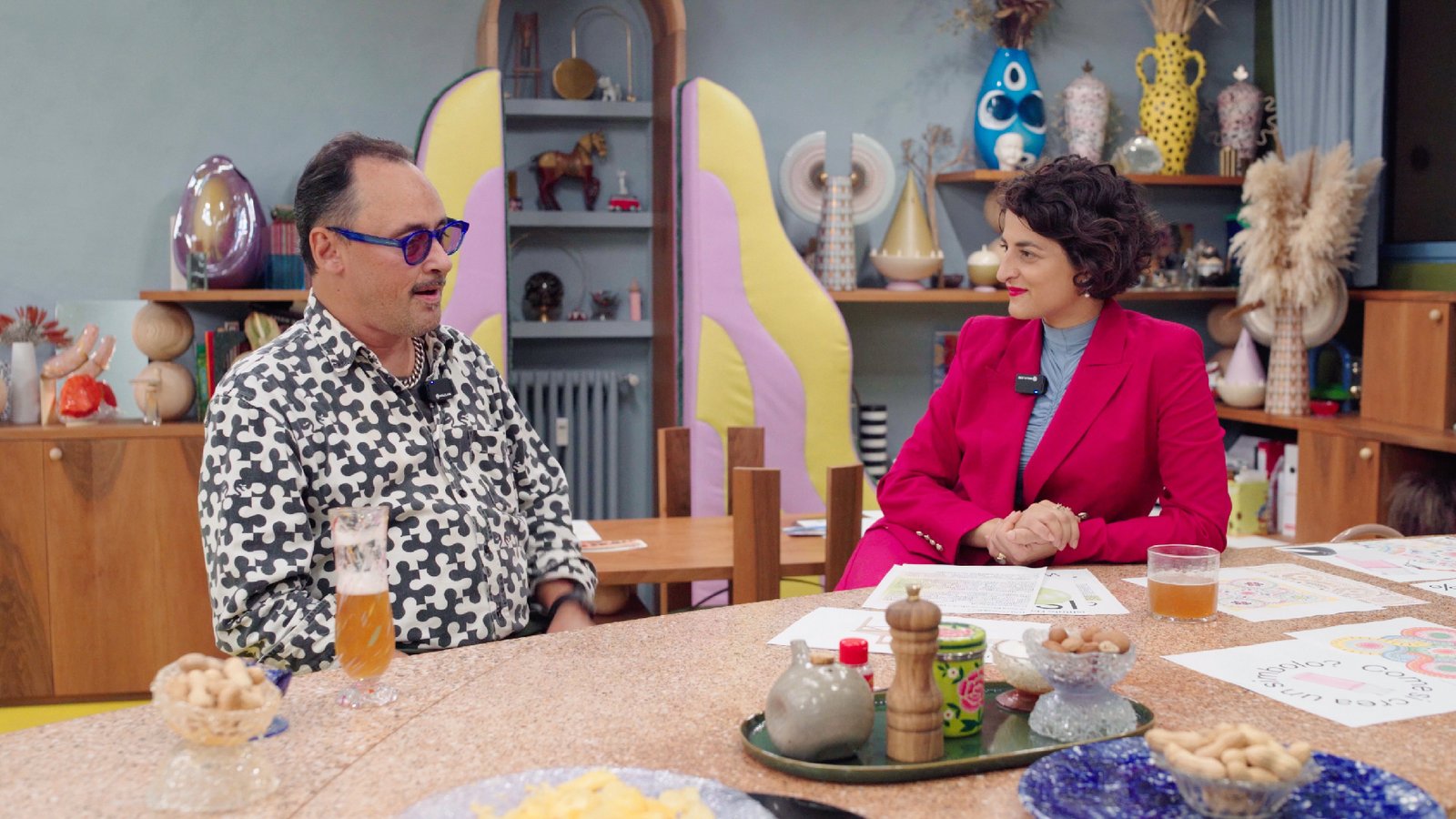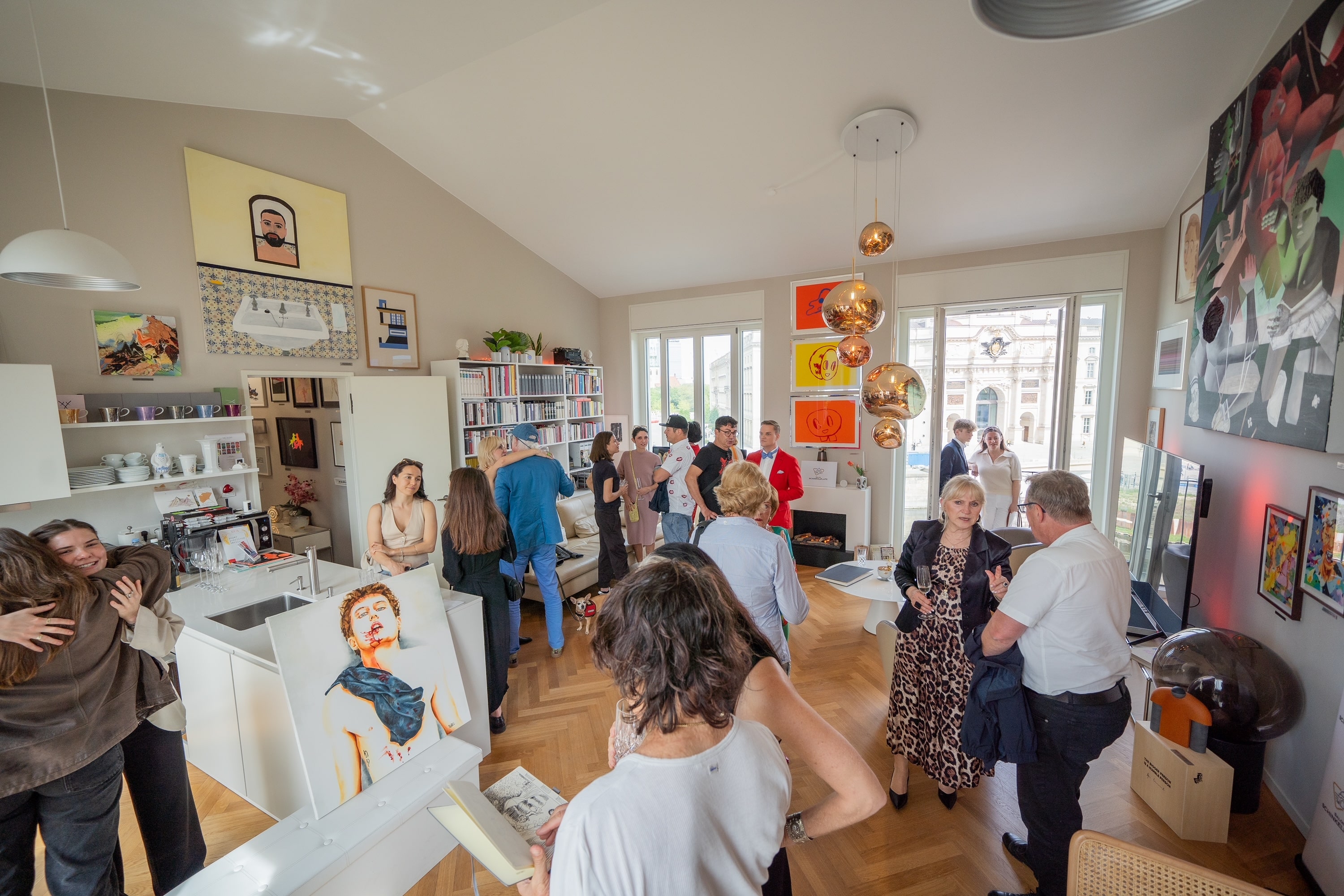
What does it take to be a thoughtful collector today?
Interview with Manuel Koch, a Berlin-based collector
As collecting underwrites the art system to an unfathomable degree an interview with an enterprising and open-minded collector was necessary for this interview series. Manuel Koch is a German TV host, stock market expert, and founder of several media companies. Koch is also an avid collector of contemporary art and host of Salon Schinkelplatz, a live YouTube show on art.
Nina: As an entrepreneur who, among other companies, has founded Kunst-Investments.de - a platform specializing in art investment, what do you think of the current art system? Does the gallery system still work in Europe?
Manuel: I think the art world is one of the most traditional and least changing ecosystems. It’s still opaque most of the time and for people who want to start buying their first artwork, it is not a welcoming place. You have to know the game and play by the rules. In the best case you know the gallery owners and artists and build a long-term relationship with them. That’s what I do. The main reason for me is a deep love for the arts and the exchange with the people in this world. But of course, a good relationship helps to get interesting artworks offered first. Galleries are an important part of that system. They find interesting artists and use their network to sell the art. Even though 30 percent of galleries and 40 percent of artists aren’t making any money.
One of my strategies is to find young artists. You could say I am a talent scout and investing in ultra-contemporary artists. Most of them are students at art schools in Berlin or Germany. So far, I’ve found a few young artists who all had their first exhibitions 2-3 years later, they sold art and got to be represented by big galleries. Their prices sometimes went 2-10 times higher compared to the time I started buying their art.
But to make it clear: The main motivation for me is happiness with good and interesting art around me. So. I am investing in my happiness. Then I am investing and supporting young artists who have to make a living. And maybe after these aspects, it’s also nice to make a smart financial investment. But the truth is that probably over 95 percent of the artworks aren’t an investment and you can’t hardly sell the pieces ever again.
Nina: As a collector what patterns do you observe? What is driving collectors these days?
Manuel: I am not an advisor… maybe an influencer or kind of a curator but I see myself as a collector who publishes interesting art on his art Instagram account (@Kunstinvestments). And from the thousands of artworks I see, I buy a few every year. So far, I purchased over 80 paintings, sculptures, and prints. I have been following interesting artists on Instagram for at least half a year. I do my research, I try to meet them. When I see a full package, I might buy a piece of art. It’s all about their uniqueness and quality. Important for me is to show the art during Salon Schinkelplatz (Salon-Schinkelplatz.de). That’s my apartment which I regularly open for the public in the heart of Berlin to show my art and where I do my monthly YouTube talk show Salon Schinkelplatz.

Nina: What is the latest artwork you have personally purchased and why?
Manuel: The last artwork I bought was a self-portrait by Max Grote. Max is a 21-year-old Berlin painter and will start art school in Hamburg soon. So he’s one of these ultra-contemporary artists. I followed him for over a year before I recently bought something. I saw a really good development in his work over this year and thought that it was time to also financially support him by buying a painting. I already supported him for a while in the way that I posted his work on my Instagram. Before Grote, I recently bought a painting by Ferdinand Dölberg. A 26-year-old painter who lives in Berlin and just graduated from Universität der Künste Berlin. I find Dölberg’s work very unique and see a lot of potential in both young artists.
Nina: Do you think that AI will bring any specific changes to the art industry?
Manuel: I follow a few artists who use AI… some are analyzing artworks of the last 100 years in their home countries and are trying to create new paintings with this information through AI. Others are finding interesting motifs letting the artwork paint as in China. So, I think you can see some influences already. As a collector, I am still looking for a unique artwork. I am also involved in the NFT community.
Nina Chkareuli-Mdivani is a Georgian-born, New York-based independent curator, writer and researcher. She is the author of King is Female (2018), the first publication to investigate issues of gender identity in the context of the historical, social and cultural transformation of Eastern Europe over the past two decades. Throughout her career she has lectured worldwide and published numerous articles for magazines such as E-flux, Hyperallergic, Flash Art International, Artforum, MoMa.post, The Arts Newspaper and many others.
Her research delves into the intersection of art history, museology and decolonisation studies, with a focus on totalitarian art and trauma theory, themes he has also explored in the more than ten exhibitions he has curated in New York, Germany, Latvia and Georgia.
